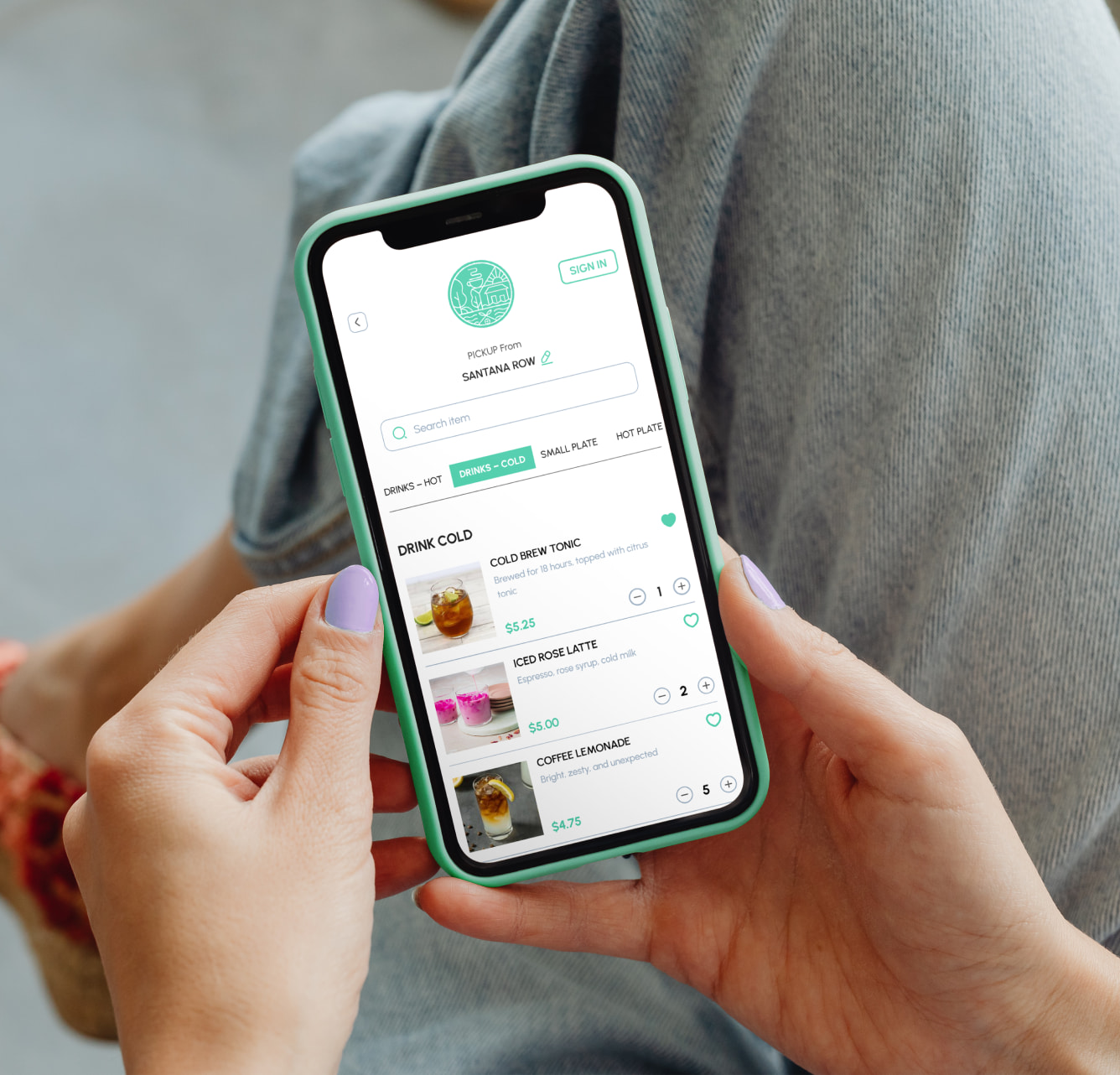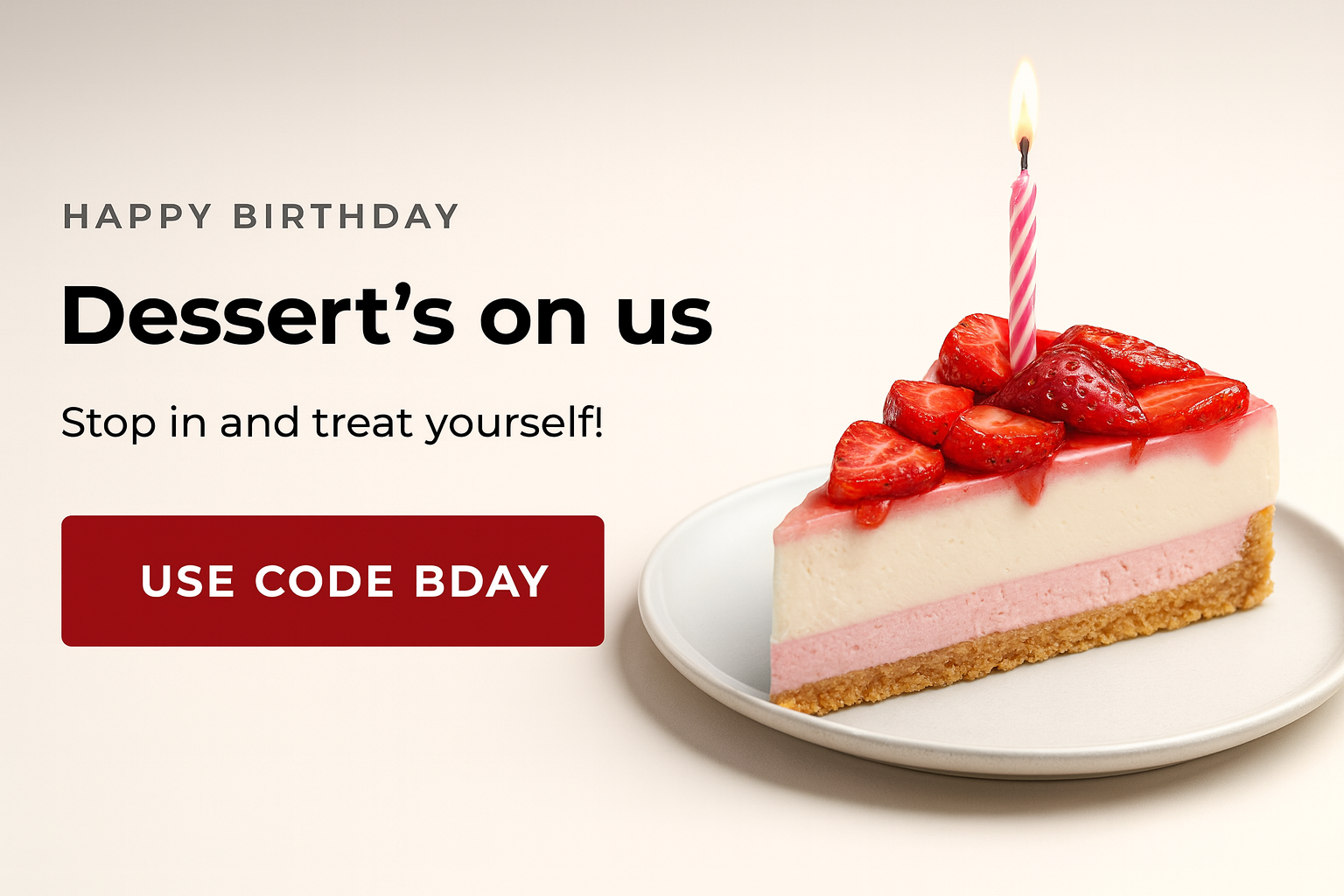Key Takeaways
Increasing the efficiency of a product or business doesn’t always require brilliant out of the box thinking. Most of the times, just looking out for your customers’ needs with a thorough and diligent effort will do a great job. Using this approach, we developed our online ordering system for restaurants and increased its conversion rates by 30 percent.
The question is: How?
- Simple, we helped our clients to get more orders.
- Then, we helped ourselves by helping new clients to use our product without much fuss.
Initially, the biggest problem was the conversion rate. We could only manage to get 60 percent customers to complete the order and proceed to the checkout.
You know this hurts, hurts real bad.
We found that many users added items to the cart but for some reason, they would drop the order and exit the website. And for this reason, our clients were losing a huge chunk of business.
After we ran an analysis*, we found out the stages where the users were struggling hence, quitting. The statistics showed that most users who reached the restaurant’s website added items to their cart. But as they reached the checkout, a large majority of these users abandoned the cart and closed the website.
The difference between the users that added items and actually completed the purchase was huge. And, we found out that most of the stages could be fixed very simply.
We implemented the following fixes on the product.
Many restaurants had a minimum order requirement for an online order.
As users added items to their cart and proceed to checkout, many of them got confused as they compared the final amount (inclusive of taxes) with the minimum order required for ordering online (which didn’t include taxes).
Most of our clients wanted to show the minimum order without including the taxes. But, most of the users found it annoying and exited the website.
We fixed this stage by mentioning this fact at the very beginning of the ordering process.
We mentioned that “the minimum order isn’t inclusive of taxes.” Now, the users kept this information in mind while adding items to their cart. This significantly improved our retention rates.
Initially, we mentioned the tax payable on the items at the final stage of the checkout process.
After seeing the added tax, many users would exit the website.
We fixed this by showing the tax payable on each item ordered just adjacent to the price of the item.
At the final checkout, there were no hidden costs. This ensured that most of the users completed the order without the unease of hidden costs.
The solution discussed was indeed simple as we only removed all possible distractions from the checkout and made it more engaging for the users.
Results were splendid.
The meager 60 percent engagement to purchase has now gone up to 78 percent purchases.
Now, we would come to the second part of this technique.
It helped us to generate direct revenue for the business by increasing the conversion rates by 30 percent.
Many prospective clients register for a free trial on our website but during the trial period many prospects drop off or many of them don’t complete the trial.
Earlier this was a problem for us, but now we have fixed this. We allocated more time and resources to understand why prospective clients dropped off. The user interface is designed very precisely, and most of the users are easily able to figure the process by themselves. Still, there are users who face problems while signing up or using the application.When we find such instances, someone from the team takes it up personally.
Apparently, if a user has tried to sign up 3-4 times and has been unsuccessful in doing so. We reach out and assist the person to complete the process.
We further classified the process from signing up to making the first sale into 4 stages.
Stage 1: The client signed up for the free trial.
Stage 2: The client set up the menu of her restaurant.
Stage 3: The client customized the additional features, added photos or tweaked the menu.
Stage 4: The client makes his/her first online sale.
This classification ensured that the new transition was easy for the client.
And, we could check the client’s familiarity with each stage and provide support tailored for a particular stage. We also reach out to every prospect who avails the free trial but doesn’t sign up for the product. We seek feedback from the person to understand the reason for not availing our services.
Conclusion
From signing up for the service to setting up a menu and customizing the website, until making the first online sale, we provide everybody around the clock technical support, to make this transition a happy working experience.
*We ran analytics tool that monitored the user behavior on the restaurant’s website. We achieved this by closely analyzing the user behavior on the client restaurant’s website. During this analysis we adhered to a strict privacy policy and didn’t collect any information that could be used to identify a user.
Frequently Asked Questions


.gif)

.png)






